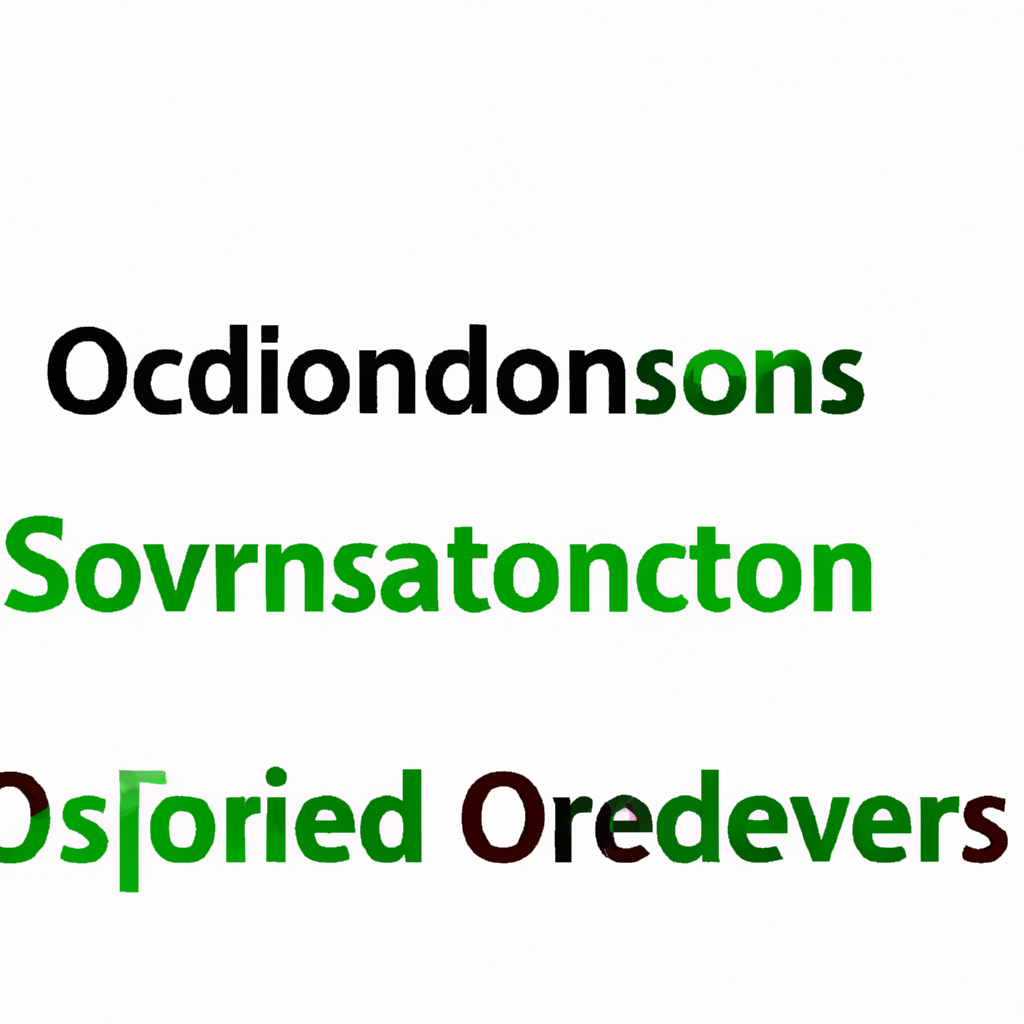
Understanding Overbought and Oversold Conditions
When it comes to trading in the financial markets, understanding overbought and oversold conditions is crucial for making informed decisions. These conditions can help traders identify potential reversal points in the market and adjust their trading strategies accordingly.
What are Overbought and Oversold Conditions?
Overbought and oversold conditions are technical indicators used to measure the momentum of a particular asset. When a market is considered overbought, it means that the price of the asset has risen too high, too fast, and is due for a correction. Conversely, when a market is oversold, it means that the price of the asset has fallen too low, too fast, and is due for a rebound.
How to Identify Overbought and Oversold Conditions
There are several technical indicators that traders can use to identify overbought and oversold conditions. Some of the most common indicators include the Relative Strength Index (RSI), the Stochastic Oscillator, and the Moving Average Convergence Divergence (MACD) indicator.
Traders can also look at price action and volume patterns to identify overbought and oversold conditions. For example, if a stock has been consistently rising in price on high volume, it may be considered overbought. Conversely, if a stock has been consistently falling in price on low volume, it may be considered oversold.
Trading Strategies for Overbought and Oversold Conditions
When a market is considered overbought, traders may look to sell their positions or enter into short positions in anticipation of a price correction. On the other hand, when a market is considered oversold, traders may look to buy positions or enter into long positions in anticipation of a price rebound.
It’s important for traders to use caution when trading based on overbought and oversold conditions, as markets can remain overbought or oversold for extended periods of time. It’s also important to use other technical indicators and analysis to confirm signals from overbought and oversold conditions.
Conclusion
Understanding overbought and oversold conditions is essential for successful trading in the financial markets. By using technical indicators and price action patterns, traders can identify potential reversal points in the market and adjust their trading strategies accordingly. It’s important to use caution and confirm signals from overbought and oversold conditions with other technical analysis to make informed trading decisions.





